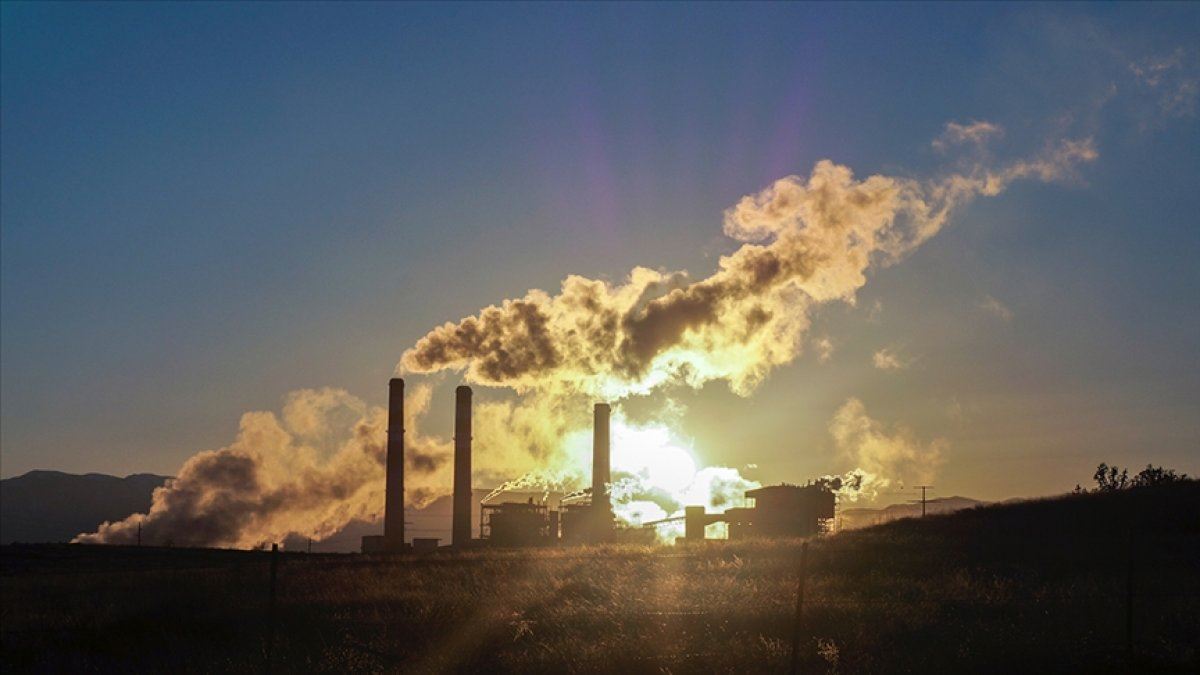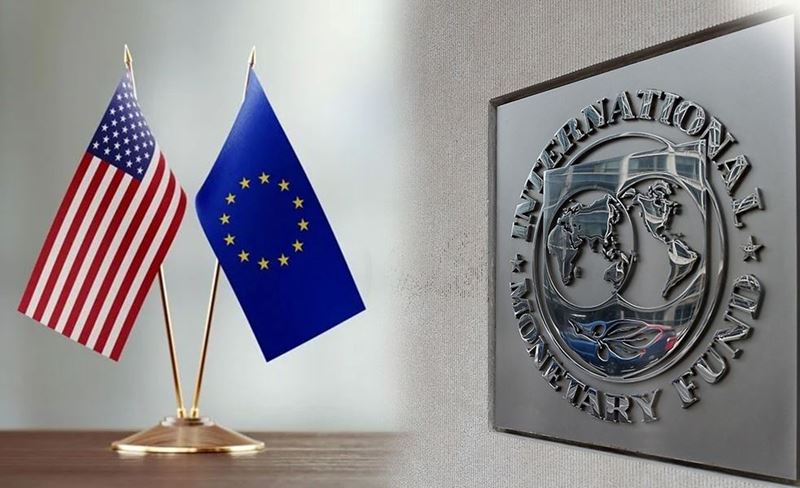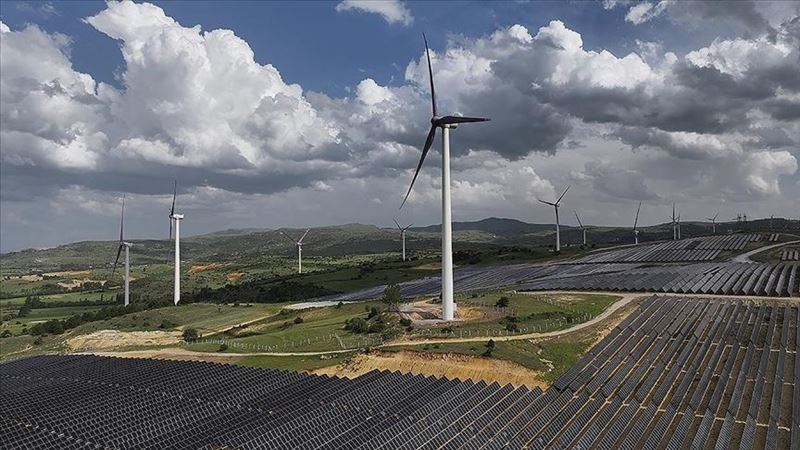According to the International Energy Agency (IEA) data, global carbon emissions fell by a record 2 billion tons last year, which corresponds to 5.8 percent compared to 2019 as a result of the restrictions imposed against the coronavirus epidemic.
THE SECOND BIGGEST INCREASE IN HISTORY
It is estimated that there will be the second largest increase in history, with approximately 1 billion 500 million tons, in carbon emissions this year due to the recovery of economies from the epidemic and the growth in demand.
While many countries set targets to reduce emissions in the fight against climate change, the energy crisis that started in Asia in the first months of this year, and in Europe as of the summer, due to the supply-demand mismatch puts emission reduction efforts at risk.
According to IEA data, high gas prices accelerated the transition from gas to coal in electricity generation in Europe, and this transition led to a 15 percent increase in electricity generation from coal in the June-September period compared to the same month of the previous year.
In order to limit electricity production from fossil fuels, especially coal, carbon tax rates applied to carbon emissions per ton broke a record in Europe in this period, reaching up to 65 euros per ton.
RECOVERY PERIOD INCREASED 13 PERCENT ELECTRICITY PRODUCTION IN CHINA
With the recovery after the epidemic, China's natural gas consumption increased by 16 percent on an annual basis in the January-August period, while electricity production increased by 13 percent in the country, which provides 60.8 percent of its electricity production from coal.
China, the world's largest energy consumer, has taken a decision to increase coal production and imports in order to make its electricity supply sustainable as it enters the winter period.
CARBON EMISSIONS EXPECTED TO BE LOWER 1.2 PERCENT IN 2019
The IEA estimates that carbon emissions, which hit their highest level in 2019, will remain 1.2 percent below that level this year, thus marking the second largest increase in carbon emissions in history.
According to Carbon Monitor data, carbon emissions in the January-August period this year are already 1 percent below the values in the same period of 2019.
In the said period, carbon emissions increased by 8.1 percent in China, 6.8 percent in Brazil and 2.5 percent in Russia, while they decreased in the rest of the world.
CARBON EMISSIONS INCREASED 7 PERCENT
Carbon emissions increased by 7 percent in the January-August period this year compared to 2020, when the effect of quarantine practices was observed. The electricity sector stood out as the most decisive sector in this increase.











Comments
No comment yet.